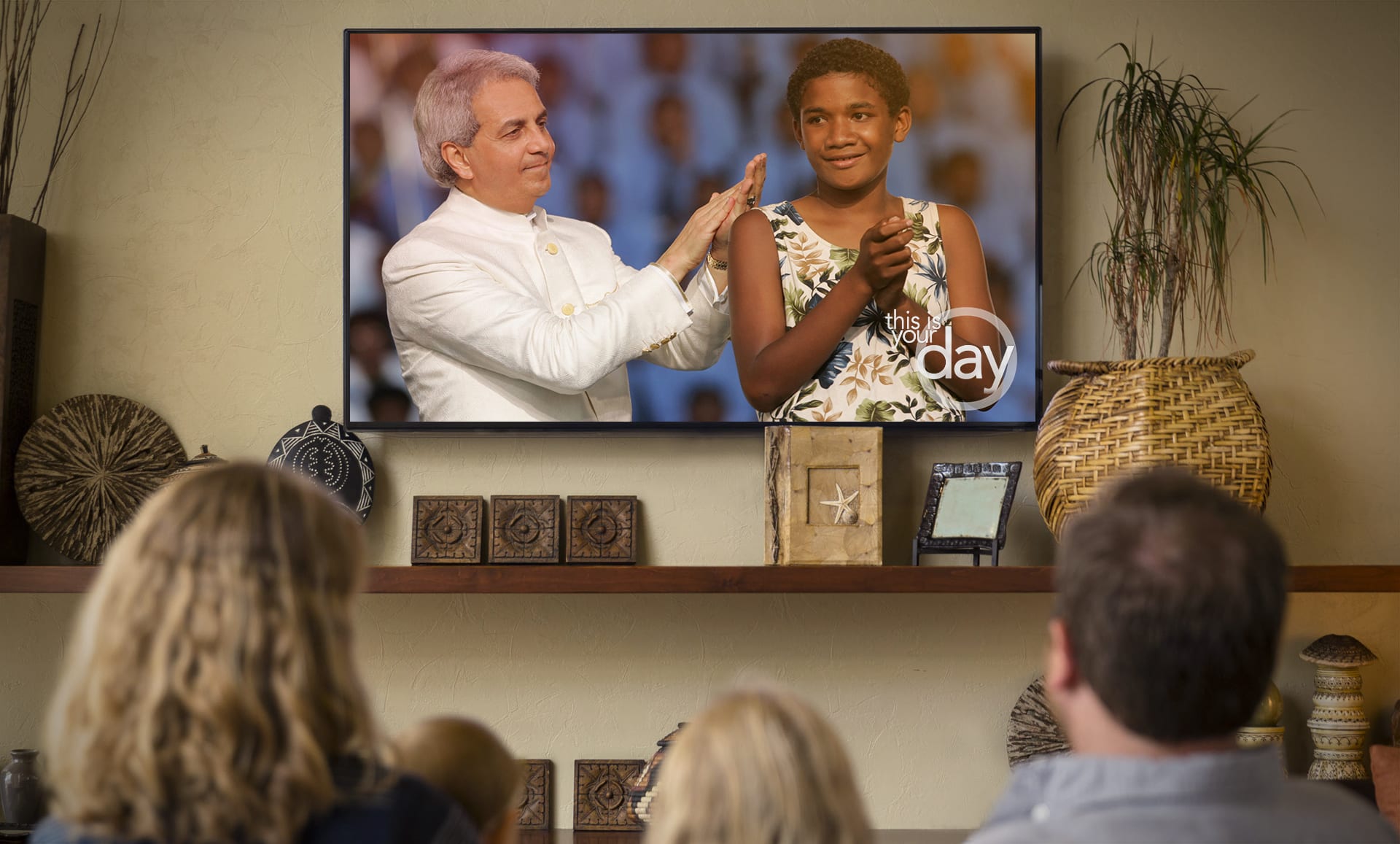
Virtual Doctor Appointments on the Rise, Protecting Patients and Providers During COVID-19 Pandemic
But what happens if you need to see a doctor? The answer these days is telemedicine.
Telehealth services have long been restricted by government regulations.
Medical providers around the country are now transitioning to telemedicine.
Across the country, Americans are being told to stay home and practice social distancing. But what happens if you need to see a doctor? The answer these days is telemedicine.
Telehealth services have long been restricted by government regulations, but now states are relaxing requirements and federal agencies are easing their rules, all in an effort to continue providing health care services during the COVID-19 pandemic.
“In a crisis such as COVID-19, our goal is to benefit the public and decrease the risk of infection, and telemedicine is a perfect opportunity to do that,” said Dr. Rahul Sharma, Emergency Physician-in-Chief at New York-Presbyterian.
Telemedicine gives patients the opportunity to meet with their health-care provider virtually via video, phone or text. Last week, the federal government expanded these services for those on Medicare.
“What’s really important about this, is that the federal government is now recognizing the fact that the risk to our seniors of taking an in-person visit to their doctor is pretty high and by limiting the telehealth benefits we may contribute to the problem,” Danielle Roberts, co-founder of Boomer Benefits, told CBN News.
Telemedicine can be used for things that would typically send you to the doctor’s office, like bronchitis, sinus infections, and prescription refills. It can also be effective in keeping patients who believe they may have COVID-19 out of emergency rooms or doctor’s offices where they can spread the virus to others.
“Right now, our most common visit is upper respiratory infection, which is, you know, common cold, sinusitis, fever, cough – a lot of these symptoms are the same symptoms you see with COVID,” said Dr. Mia Finkelston, senior medical director and physician with the Amwell Medical Group.
Practitioners say they’re able to come to an accurate diagnosis virtually, by taking a patient’s history, along with using a few other helpful medical tricks.
“While I might not be able to listen to someone’s lungs, I can actually look at their respiratory pattern, if they’re actually breathing fast. We can actually have the patient take their own heart rate, so there are ways for us to examine these patients and it’s actually very helpful,” said Dr. Sharma.
Medical providers around the country are now transitioning to telemedicine and insurance companies like Anthem and Cigna are waiving patient co-pays for virtual appointments.














































 Benny Hinn Ministries
Benny Hinn Ministries


